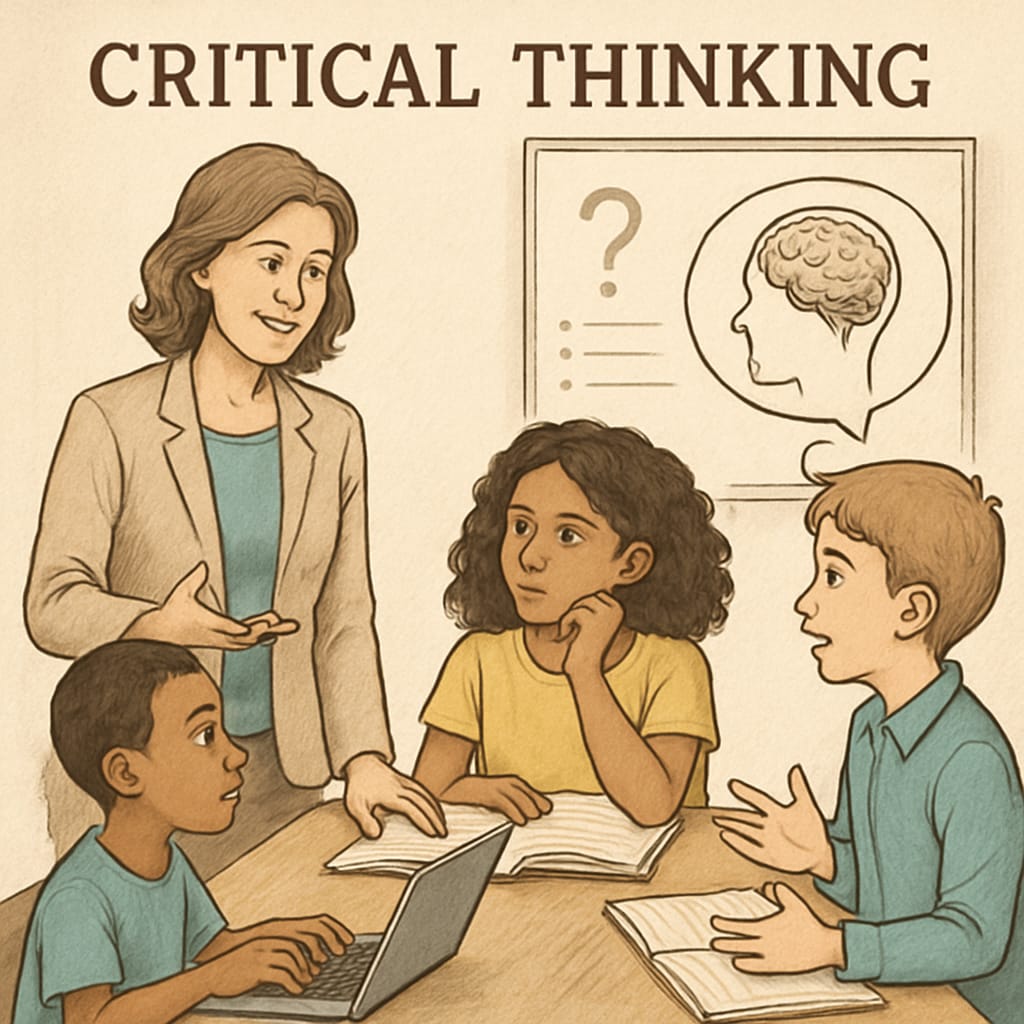In the quest to enhance classroom efficiency, modern education technology, including tools like Chromebooks, has become a cornerstone of K12 learning environments. However, this shift raises an important question: does the convenience of digital tools come at the expense of fostering critical thinking in students? Technology has undoubtedly transformed education, but striking the right balance between efficiency and deep learning remains a modern challenge.
The Rise of Technology in Education
Education technology has seen rapid adoption in classrooms worldwide, with devices like Chromebooks dominating K12 schools. These tools promise streamlined workflows, instant access to resources, and personalized learning experiences. For example, a student can access thousands of educational resources with a simple click, reducing the time spent on traditional activities like library research. While this improves efficiency, it risks replacing critical thinking processes with automated solutions.

Is Efficiency Undermining Critical Thinking?
Efficiency-driven education often emphasizes completing tasks quickly rather than deeply engaging with them. The integration of Chromebooks and other digital tools can inadvertently foster a culture of surface-level learning. For instance, students might rely on pre-made templates for assignments or use AI-driven tools for problem-solving, which, while practical, may limit opportunities to develop independent thought.
Critical thinking—the ability to analyze, evaluate, and synthesize information—requires time and effort. Technology shortcuts can discourage students from questioning assumptions or exploring alternative solutions. As a result, educators must critically assess the role of technology in curriculum design to ensure it enhances rather than diminishes cognitive engagement.

Balancing Technology and Deep Learning
To address these concerns, schools and educators need strategies to balance technology integration with activities that promote critical thinking. Some effective approaches include:
- Encouraging open-ended discussions where students use digital tools to research but analyze findings independently.
- Designing projects that require collaboration and creative problem-solving beyond automated processes.
- Integrating offline activities, such as debates or hands-on experiments, to complement tech-based learning.
In addition, professional development for educators is crucial. Teachers must understand how to use technology as a supplement rather than a replacement for cognitive skill-building. According to Britannica’s overview of educational technology, tech tools should enhance—not overshadow—the human element of learning.
Future Implications for Education
The ongoing evolution of education technology requires continuous reflection on its impact. As tools like Chromebooks become even more sophisticated, the potential for efficiency gains will increase. However, educators and policymakers must remain vigilant, prioritizing the cultivation of critical thinking skills as a core objective of education. According to Wikipedia’s definition of critical thinking, these skills are essential for navigating complex societal challenges and making informed decisions.
Ultimately, the goal should not be to abandon technology but to integrate it thoughtfully. By doing so, schools can create environments where efficiency coexists with deep, meaningful learning experiences that prepare students for the complexities of the modern world.
Readability guidance: The article uses short paragraphs and lists to summarize key points. Passive voice is minimized, and transitional words ensure smooth flow. Each section combines professional insights with actionable suggestions for educators.


